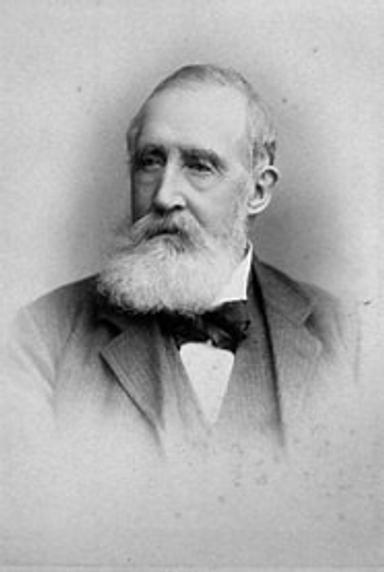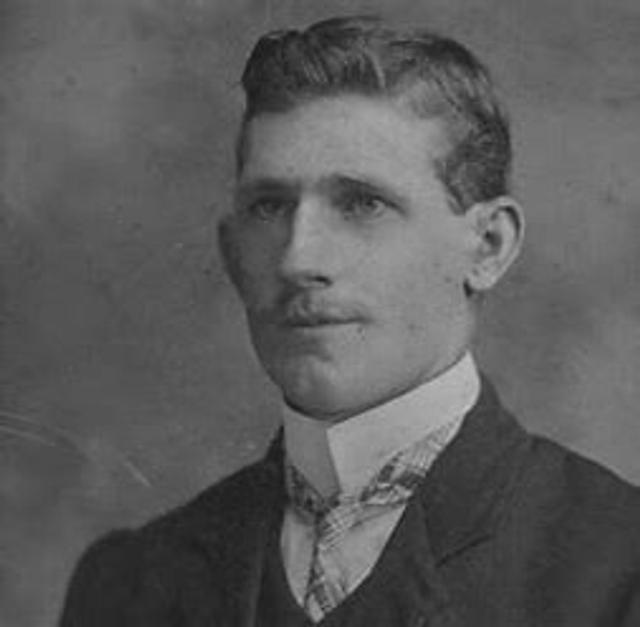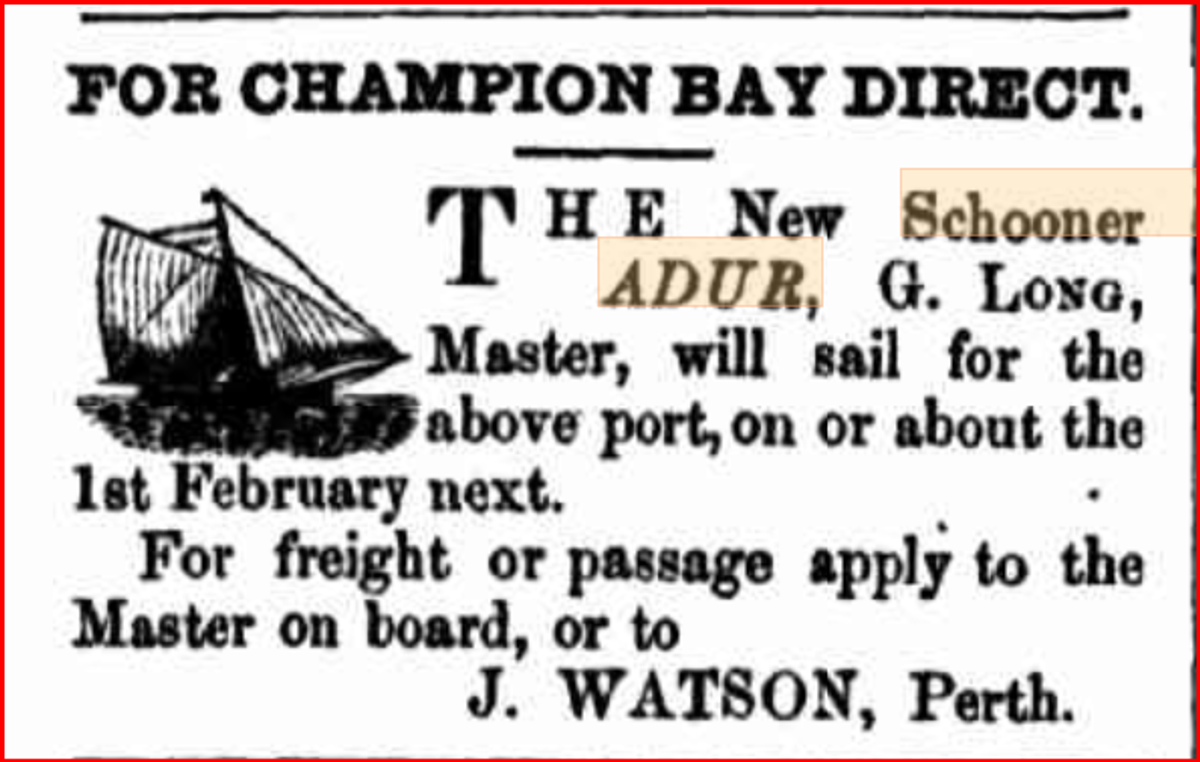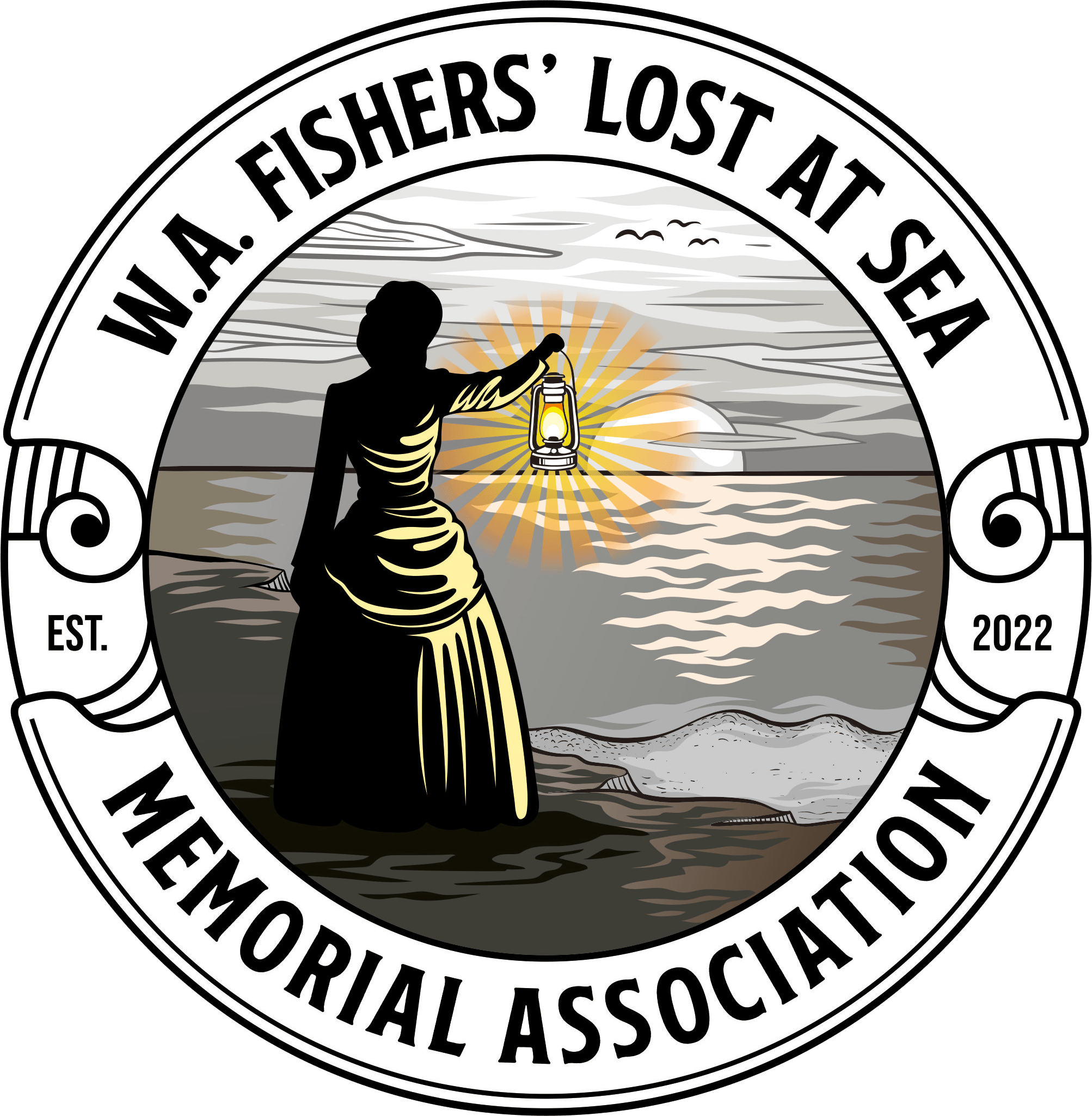Aboriginal Divers
Vessel Name: Adur
Aboriginal men from the midwest
Taken by sharks in Champion Bay; two bodies recovered
1 October 1870
Aboriginal man from the Kings Sound
Shot aboard Adur; body thrown overboard
15 August 1876

Charles Broadhurst (WA Museum)

Farquhar McRae

The Daily News
The Adur was a 25.33 ton two-masted schooner built by Gabriel Adams in 1868 for himself. She was registered in Fremantle as No. 1 of 1870 with the official number 61093. Her dimensions were 53.5 ft x 13 ft and 7.5 ft [16.3 x 13 x 2.86 metres]. She was a trim vessel with jarrah planking.
Adur's renowned maiden voyage was made in 1870. She was an important part of John and Alexander Forrest’s expedition to navigate and take the telegraph to Eucla. Under command of Captain Waugh, Adur sailed to Eucla with supplies needed by the expedition, stopping along the way to re-supply the team, and meeting them in Eucla with telegraph construction materials. Having delivered supplies Adur returned to Fremantle. On 5 July 1870, John Forrest printed a public thank you to Adur’s owner Gabriel Adams and her crew.
Following her initial voyage, Adur joined the fleet of trading vessels with a regular route from Fremantle to the northwest pearling grounds.
Charles Broadhurst bought Adur from Gabriel Adams in September 1870. He fitted her for pearling work and installed Heincke diving apparatus [pump with air lines for divers]. It was in October 1870 she darkened her reputation.
At that time Rottnest Island was a convict establishment for Aboriginal people imprisoned mostly for tribal offences. Adur left Rottnest Island with 20 Aboriginal men assigned to Charles Broadhurst and Selby Spurling as crew in the pearling fields at Nickol Bay. Treatment of the Aboriginal prisoners at Rottnest Island was brutal, followed by a term of slavery aboard pearling vessels.
As Adur sailed northwards, under command of Master Long, she anchored at Champion Bay. Six of the prisoners recognised the country there as their own, and when the boat was anchored and crew were busy taking on fresh water and supplies, they jumped overboard.
Only two bodies were found after they were washed ashore. They had been mutilated by sharks. The head of one man was found in the surf on 28 October by a police constable. An inquest was held. It was determined that some of the 20 Aboriginals aboard Adur originated from the region around Champion Bay, and they were trying return home. It remains unclear how many of the six men survived the swim to shore and returned to their home in the midwest.
News of this incident travelled quickly along the coast to fishing and pearling communities. Francis von Bibra at Shark Bay called for an inquiry into native slavery in West Australia’s pearl industry.
Broadhurst put Adur on the market in June 1871. She continued to work in the pearling industry with Gabriel Adams, her former owner in command. In 1872, she ran afoul of rocks hear the De Grey River mouth and was beached for repairs to be made to her hull. The damage was significant, and she was beached for some time. She was returned to work as soon as repairs were completed. She was still working in 1875 when she became the subject of more scandal – this time of a more personal nature.
Louis Grin de Rougemont. the Swiss valet to Governor Robinson, was a rogue and a swindler. He was staying at Seubert’s Fremantle Hostel when he met a wealthy old gentleman, Mr Coulsen, and his younger wife. De Rougemont seduced the wife so she would convince Mr Coulsen to invest in a pearling venture using the Adur. Of course, de Rougemont left for the Lacepedes Islands, leaving a bereft lover and a poorer Mr Coulsen behind.
Adur survived a major cyclone on the northwest coast in December 1875, only to be struck with further scandalous tragedy in 1876.
On 15 August, while in command, pearler Henry Hickey tempted four Aboriginals to board Adur at Kings Sound by promising them bread. They were aboard when they set sail for the Lacepedes Islands to hunt turtle to supplement their meagre diet. Hickey closed the hatches and kept the men in the hold, and they became increasingly hostile at being imprisoned below decks. Frightened and bewildered at being detained against their will, they attacked crew members attempting to go down into the hold.
Eventually Hickey went to the hold to fetch flour. The Aboriginals attacked him. Hickey fired his gun and shot one of the men in his neck. He died quickly, and Hickey attached a weight to him and threw him overboard.
Yangedinny (aka Peter) was an Aboriginal who had boarded Adur at Condon and had sailed to Kings Sound with the boat. He related the tale of the Aboriginals who had boarded the boat at Kings sound, saying he and a kinsman Jacky had taken a dinghy ashore to pick up the men at Kings Sound. The remaining three kinsmen of the deceased were set ashore and left at the Lacepedes Islands.
Hickey was found guilty of manslaughter and sentenced to five years imprisonment.
Adur continued to take pearlshell in 1878 and 1879, working in Exmouth Gulf. She was purchased by pearler Farquhar McRae. He also had a reputation for poor treatment of his divers and crew.
By 1882 records indicate the old lugger was owned by Grant and Co. and still pearling. This appears to be the last account of her. She was struck from the registry in 1894 when no account of her or any of her owners could be found.
Adur had an illustrious start to her career, but she descended into disrepute for the most part. Greedy owners and ruthless masters led her into blackbirding and killing of Aboriginals, whose names may never be known.
